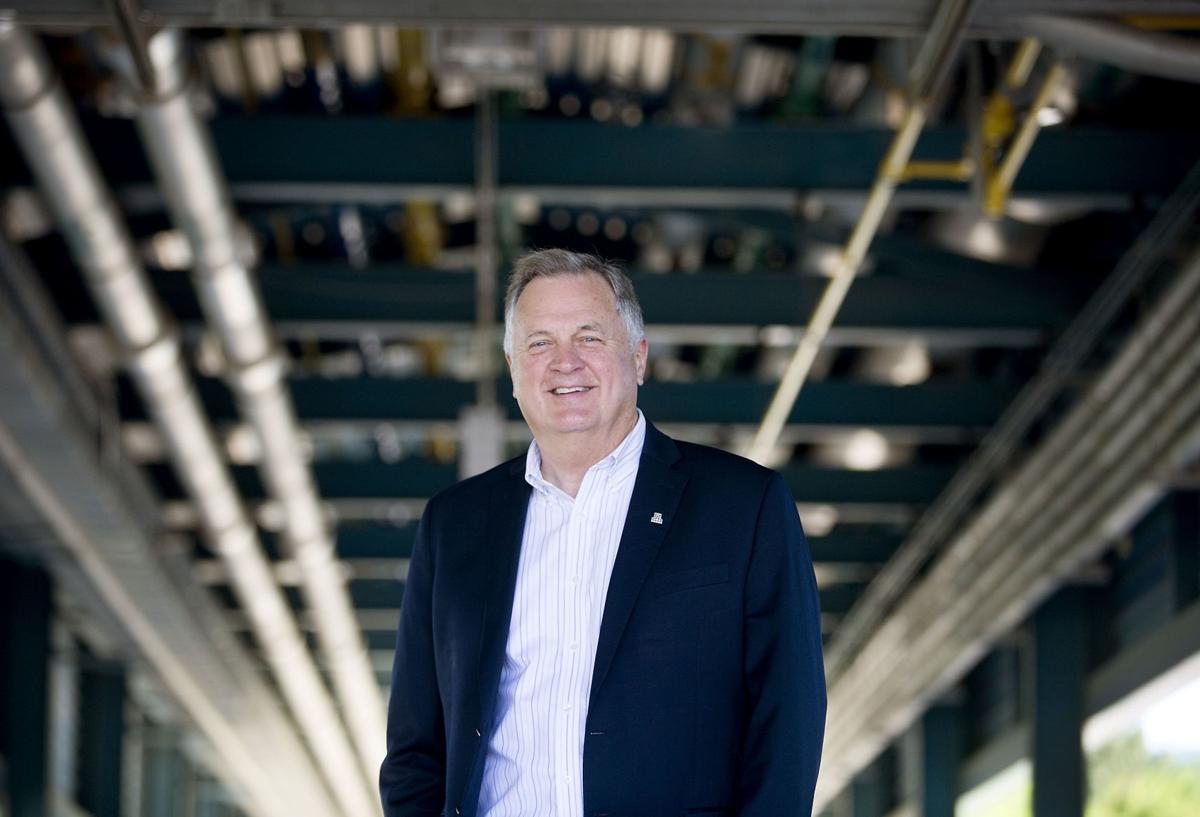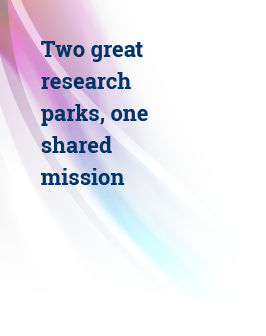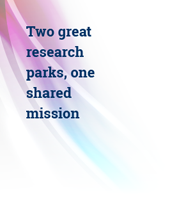Retiring Wright Led New Era of UA Economic-Development Efforts
In the early 1990s, former University of Arizona President Henry Koffler asked Bruce Wright to study the idea of the UA building a science and technology park, as many schools across the country had done. Wright, UA director of community and public service at the time, advised against it, citing the huge amount of money and institutional patience it would need to succeed. A few years later in 1994, IBM Corp. was selling its massive storage systems development and manufacturing campus on Tucson’s southeast side, and Wright helped push through a landmark deal for the UA to buy the property.
Today, the UA Science and Technology Park on South Rita Road is home to more than 50 companies, including IBM and Raytheon, who together employ more than 6,000 workers and generate nearly $2 billion in annual economic impact. The tech park deal was a seminal moment for the UA as well as for Wright, 69, who is retiring as UA associate vice president for Tech Parks Arizona in mid-October after a 32-year career at the university. Wright — who served under eight UA presidents — said he’s proud of wh at he’s accomplished and feels good about where the UA’s tech parks are headed, but the time has come for new blood.
at he’s accomplished and feels good about where the UA’s tech parks are headed, but the time has come for new blood.
“It’s time for me to move on,” Wright said. UA President Robert “Robbins deserves some fresh eyes and a fresh mind on what the parks are about.” In announcing Wright’s retirement, Robbins said Wright turned the UA Tech Park into “an economic power house” and a recognized leader among university research parks.
“Bruce’s devotion to economic development and his entrepreneurial spirit has resulted in numerous initiatives benefiting the university, Tucson community and the state of Arizona, and he has built a strong foundation for the future,” Robbins said.
For his part, Wright acknowledges some mixed feelings as the UA’s second tech park — at The Bridges at East 36th Street and South Kino Parkway — is finally poised for new commercial development after much of the project lay dormant for years, while the Rita Road park is readying for a new mixed-use development.
“The timing is a little awkward for me, because I would love to at least get The Bridges to the point where we’re putting shovel to the ground,” he said.
EARLY YEARS
Wright first came to Tucson for graduate studies at the UA after earning a political science degree from Willamette University in Oregon in 1971, and he served as a graduate assistant to former president John P. Schaefer. He later worked for former Rep. Morris K. Udall in Tucson and in Washington, D.C., including stints as Udall’s chief of staff and campaign director.
Wright joined the UA full-time in 1987 as director of community and public service under Koffler, who passed away in May. He helped form a UA-community relations committee, which still meets today. Wright would later shift his focus squarely on economic development, spearheading industry studies that helped lead to the formation of industry “clusters” in optics and biotechnology.
The idea was to show the region’s strengths in targeted industries to help attract and grow tech-based enterprises.
“Traditionally, we had been focused on the Five C’s (copper, cattle, cotton, citrus and climate) and population growth, so this was a whole new notion that we could willfully grow an economy based on a focused strategy,” he said.
Wright also became deeply involved with cross-border trade, spurring studies that helped prompt improvements at the Nogales/Mariposa port of entry and advanced the concepts of an Arizona-Sonora economic region and the Canamex cross-border trade corridor with Mexico and Canada.
BUILDING THE FUTURE
Though the UA acquired the Tech Park on very favorable terms, it didn’t become a centerpiece of the UA’s economic-development strategy without a lot of hard work, Wright said. The deal cost the UA just $760,000 in cash, with the rest of the $98 million deal “self-financed” through future lease payments, Wright said.
Again, timing was on the UA’s side as Hughes Aircraft looked for a new home for missile operations it acquired from General Dynamics in California. Raytheon, which acquired the Hughes assets from General Motors in 1997, has since expanded its operations at the tech park. Even though IBM decided to keep a significant storage-system development group at the tech park, about half of the park’s 2 million square feet were vacant.
It took three years for the tech park to reach self-sufficiency, Wright said, but the park has been essentially at full occupancy for a decade, with just 2.5 percent current vacancy despite the addition of a new building in 2003. Net proceeds from the park are plowed back into the facilities and UA programs. The 2000s saw some new additions at the Tech Park, including the UA’s Arizona Center for Innovation, a business incubator founded in 2003 to provide space and intensive support to tech-oriented startup companies.
The park also opened The Solar Zone, which allows solar-energy companies to test various solar technologies. With nine solar-energy demonstration projects on 233 acres feeding up to 25 megawatts into Tucson Electric Power Co’s. grid, the Solar Zone is billed as the biggest project of its kind.
More recently, the UA announced in May that it picked Tucson-based Bourn Cos. to build The Village, a planned 175-acre mixed-use “urban village” development on the tech park’s west side, which is still in the early planning stages.
MOVING ON
Wright says the UA administration has already picked his successor after a nationwide search. He declined to divulge his replacement but said the tech parks will be in experienced hands. Wright plans to stay active in the community and may do some consulting, including working with the Tech Parks’ Global Advantage program to host foreign companies here.
Wright, who was named 2018 Man of the Year award by Greater Tucson Leadership, has served on several community and civic groups, including a stint as chair of the Southern Arizona Chapter of the American Red Cross and service on the Arizona Association for Economic Development, the Southern Arizona Leadership Council, and the Governor’s Arizona Transportation and Trade Corridor Alliance.
“I don’t like the word retirement, because I intend to stay active in the community. I’m not a person to sit around and do nothing,” Wright said, adding that he has no plans to run for public office.
He plans to enjoy spending time with his family, which includes five grandchildren, and to take off with his wife, Linda, on a monthlong trip to New Zealand and Australia “literally on the day I retire.” Wright said he’s optimistic for Tucson’s economic future, though he said improving K-12 education and roads remain unmet priorities.
“There’s been a coming together of the city and county, and the economic-development community to develop a common set of goals and vision on where Tucson ought to go,” he said. “I think people understand that we need to be an economy that’s based on knowledge and invention and innovation. We can’t be an economy that depends on population growth.”















